One of the most-loved natural landmarks of Dorset and a highlight of the Jurassic Coast World Heritage Site, Durdle Door attracts thousands of visitors every year.
Durdle Door
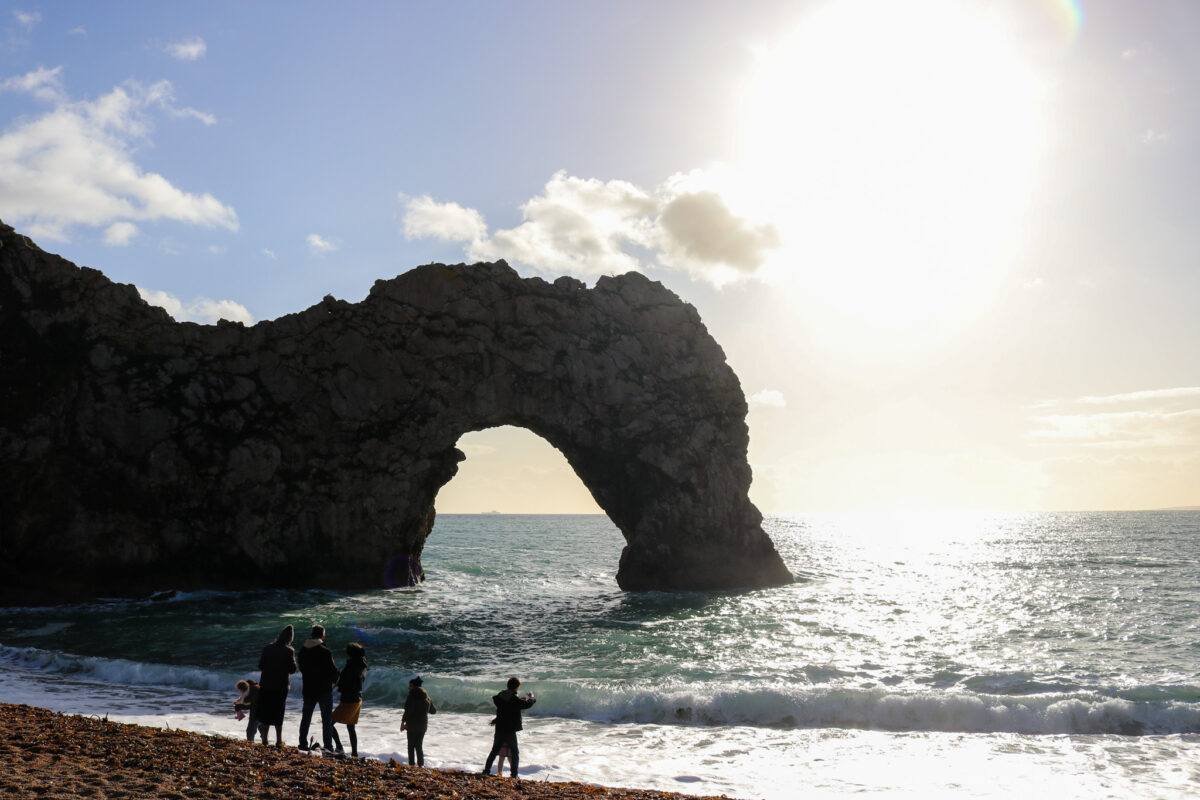

One of the most-loved natural landmarks of Dorset and a highlight of the Jurassic Coast World Heritage Site, Durdle Door attracts thousands of visitors every year.

Nestled at the foot of the picturesque village of West Lulworth, Lulworth Cove is one of the most photographed beauty spots in Britain and an important geological area of the Jurassic Coast World Heritage Site.
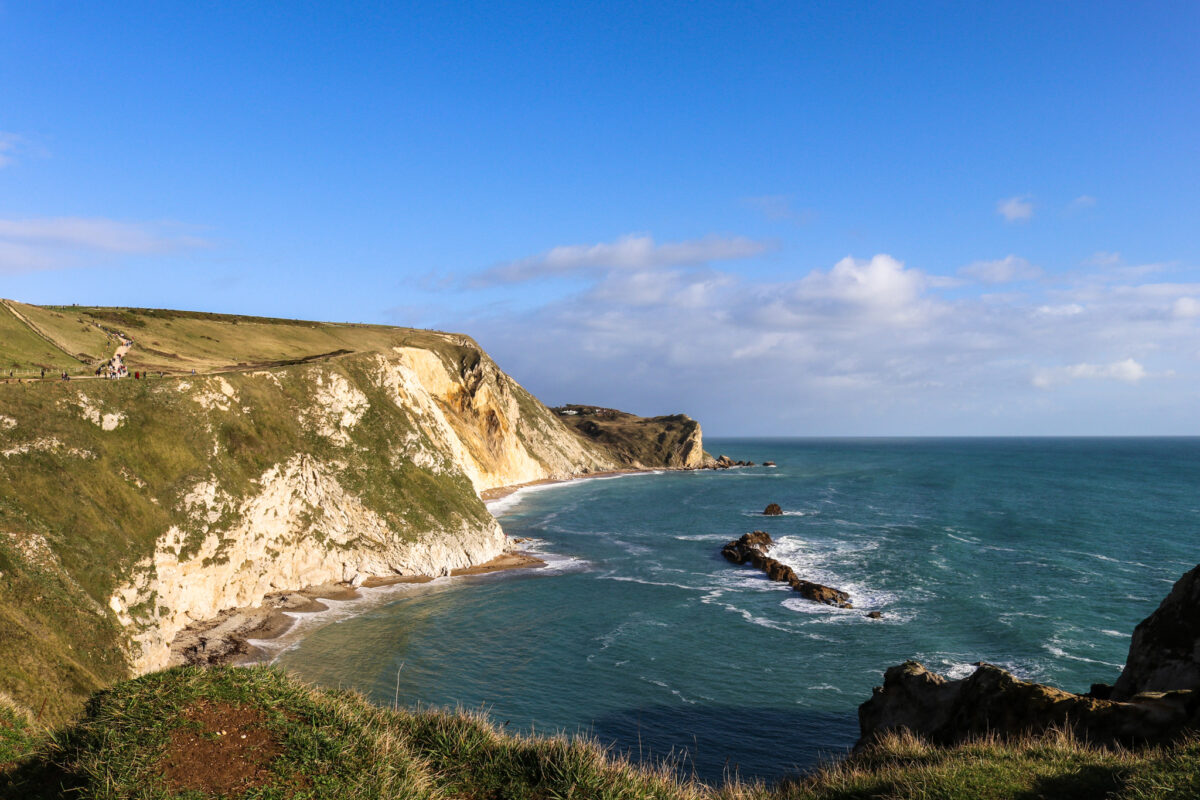
The smaller of Durdle Door’s two beaches, Man O’ War Bay, is an enclosed cove, perfect for picnicking and wiling away the hours in a stunning setting.
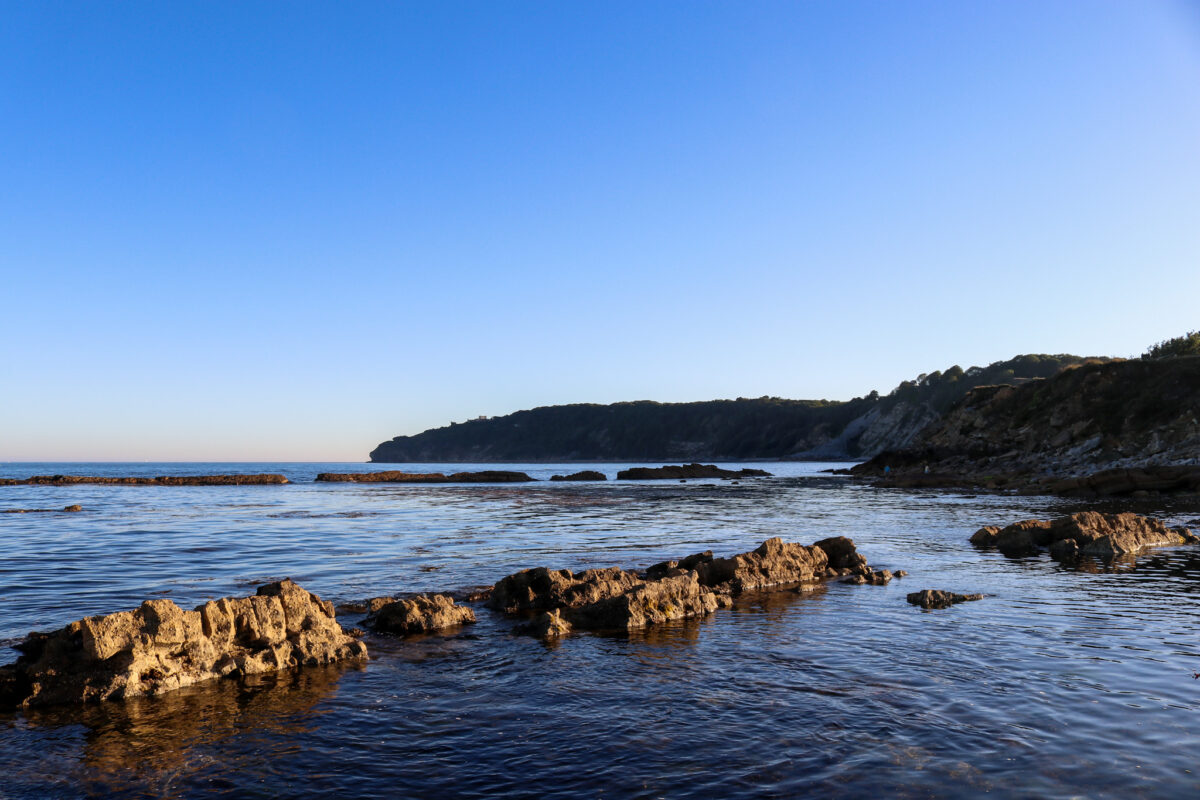
Durlston Castle and Country Park sit on the promontory of land that is Durlston Head.

Home to the Anvil Point Lighthouse, built in the 1800s, the headland of Anvil Point is just one location for stunning seascapes and excellent walking within Durlston Country Park.
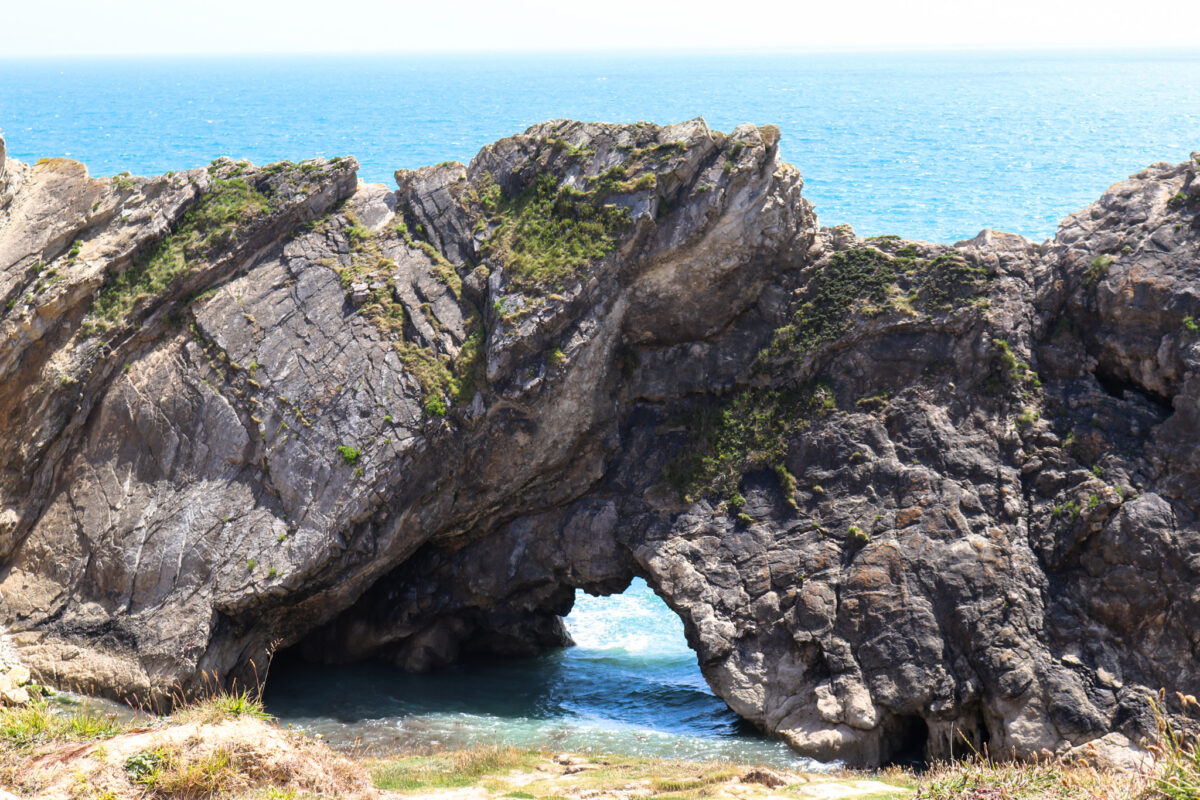
This intriguing landform and small cove can be easily missed on your trip to Lulworth Cove, but making your way up the short path to see Stair Hole is well worth it.
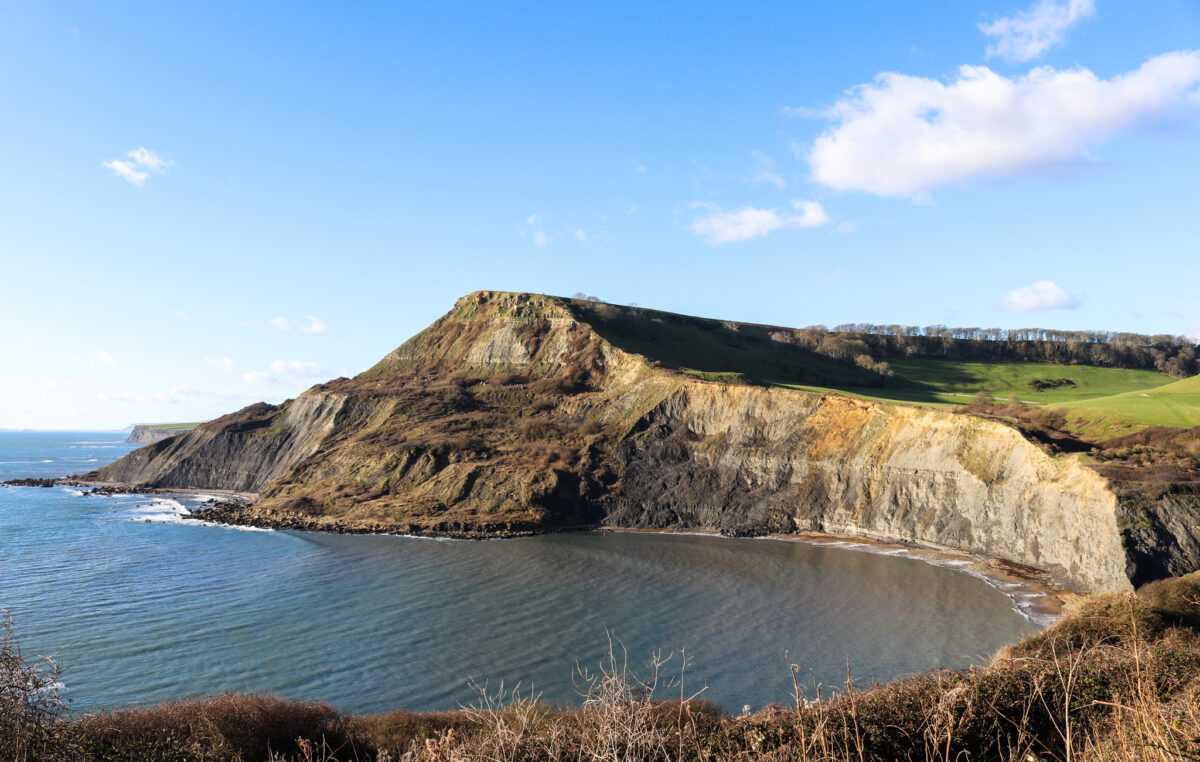
If your idea of a dream day at the beach involves a wild and secluded bay where you can wile away the hours watching the odd passing boat and reading a good book, Chapman’s Pool is hard to beat.
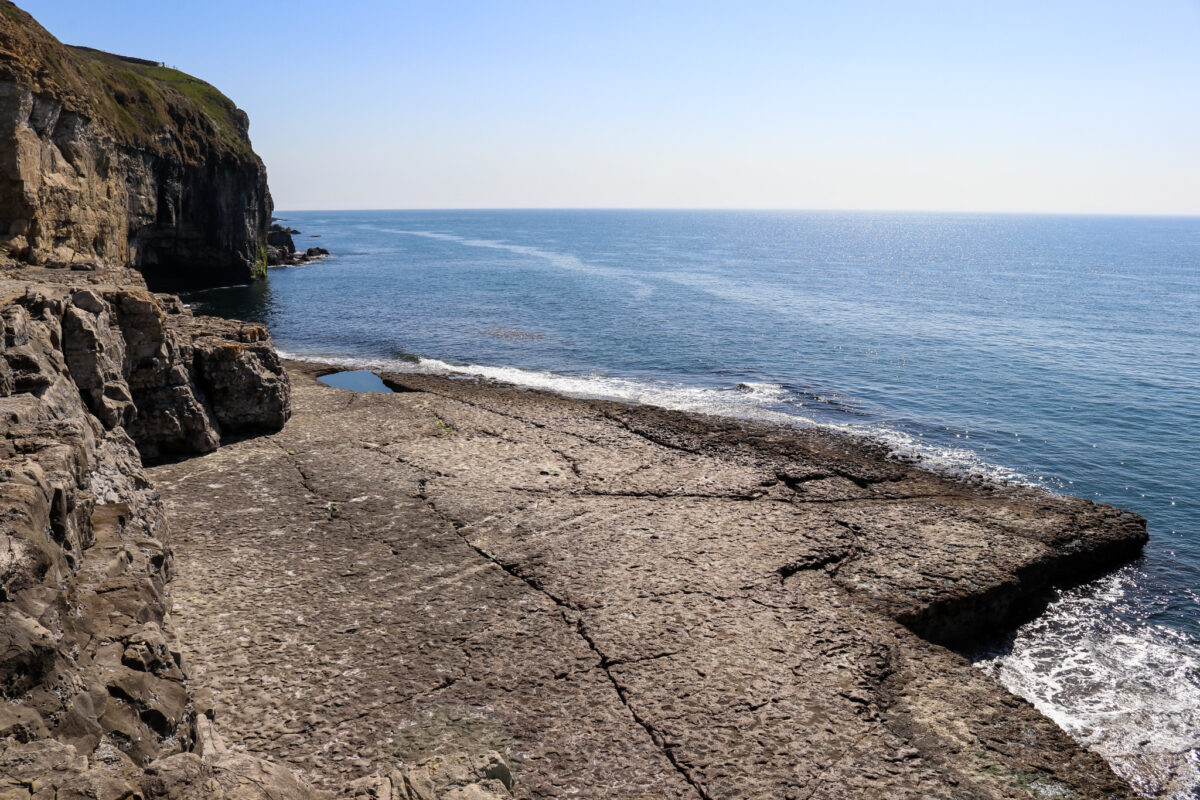
One of Purbeck’s most famous landmarks sits just under the cliffs near the villages of Langton Matravers and Worth Matravers.

The area of Lulworth in Dorset comprises two picture-postcard villages, a 17th Century castle set in acres of grounds, and several of Britain’s most-loved natural landforms, including the stunning horseshoe-shaped Lulworth Cove and the iconic limestone arch of Durdle Door.
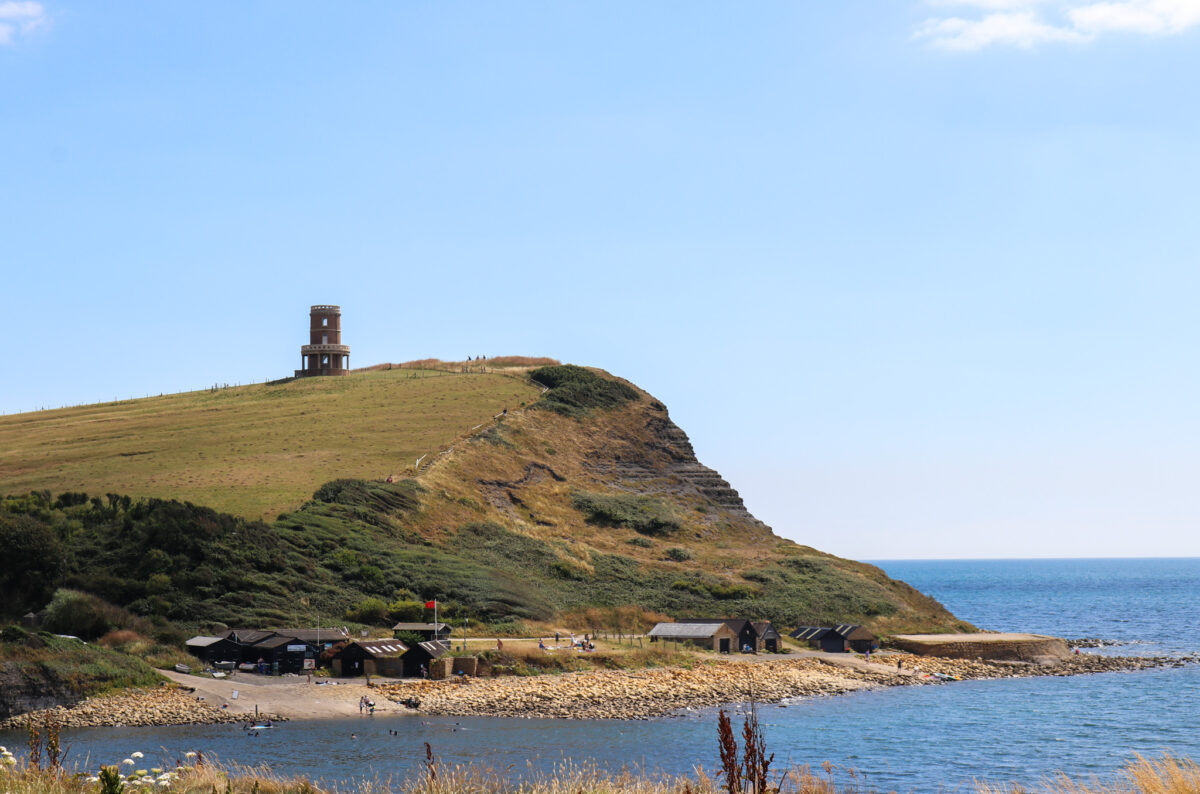
If the Jurassic Coast’s globally-significant geology is what drew you to Dorset, Kimmeridge Bay is the place to visit.
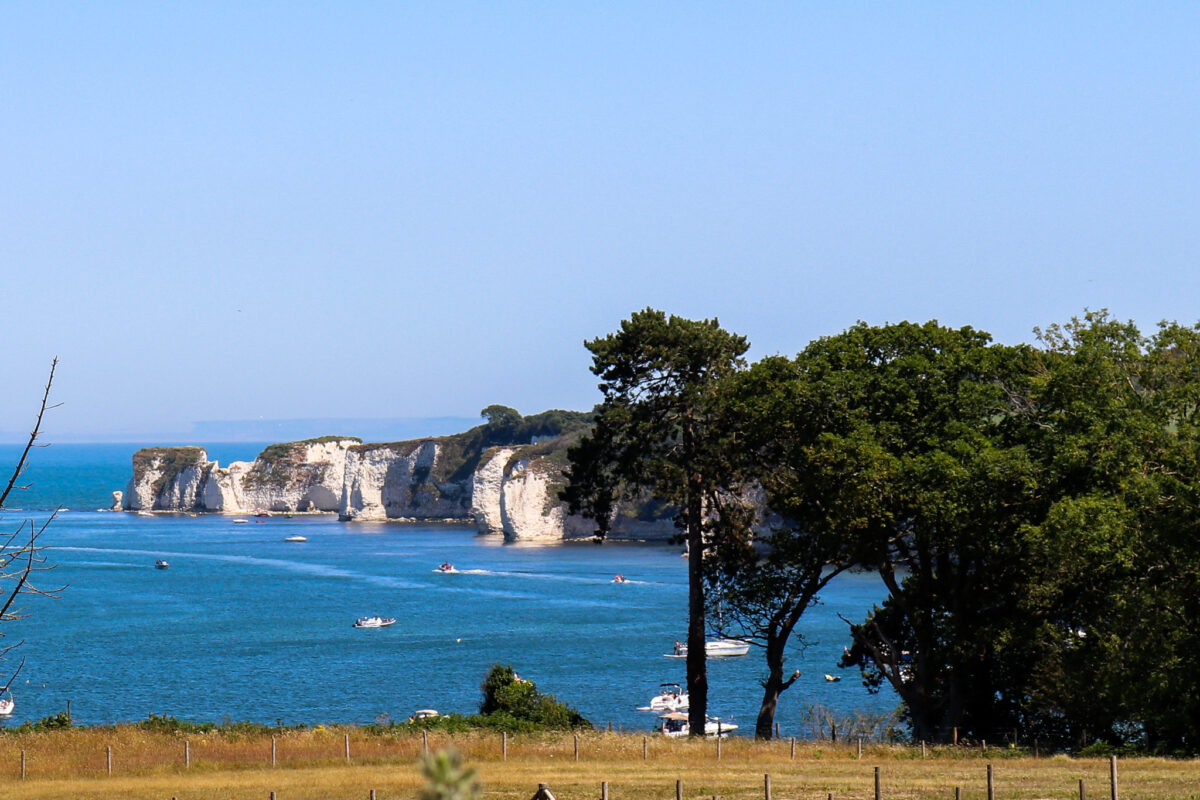
One of the most iconic landforms on the South Coast – Old Harry Rocks – is just a stone’s throw from Swanage and an important feature of Dorset’s Jurassic Coast history.